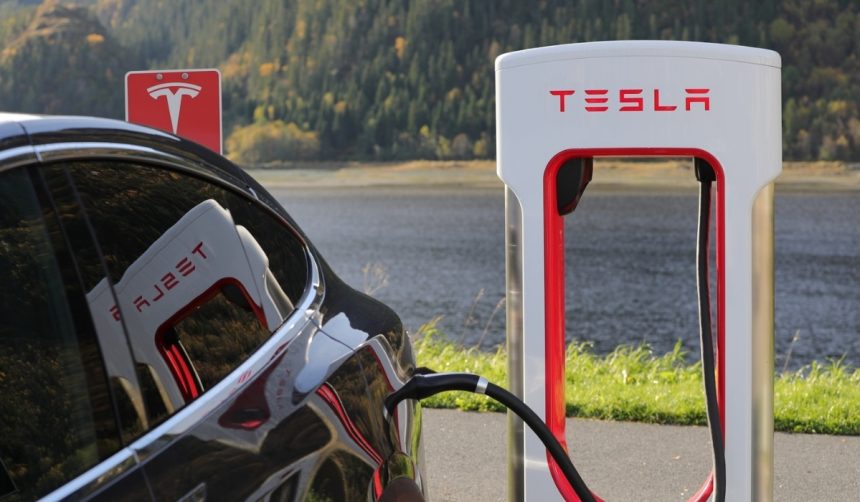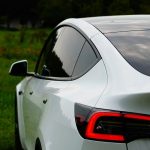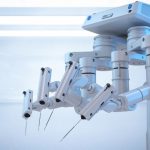Japanese regulators are establishing new conditions for advanced vehicle automation, a move poised to shake up how self-driving technologies evolve in the country. The Ministry of Land, Infrastructure, Transport and Tourism has accepted retrofitting previously sold vehicles with software updates for autonomous features—a step likely to make technologies like Tesla’s Full Self-Driving (FSD) more accessible to Japanese customers. As interest in automated driving grows, questions around the regulatory landscape and practical deployment remain in focus for both consumers and carmakers.
Past announcements highlighted Tesla Japan’s efforts to test FSD features on public roads, but earlier regulatory requirements meant new autonomous driving capabilities needed per-update approval, slowing real-world adoption. Unlike previous years, when Japanese regulators hesitated to welcome self-driving imports without extensive review, the latest approach eases restrictions for over-the-air (OTA) software implementations. This new stance provides international automakers like Tesla a clearer path to offer advanced safety and driver assistance packages locally and keeps pace with global developments in vehicle technology.
How Does the Ministry’s Decision Impact Tesla Owners?
The Ministry’s updated guidance allows Tesla to introduce FSD to current owners using OTA software rather than requiring physical modifications or vehicle replacements. Through this, drivers owning Tesla models with the necessary hardware could activate FSD once updates meet safety and compliance standards. The move streamlines the process for Japanese consumers while letting Tesla update software remotely, improving access to new autonomous features.
What Role Did Hiro Mizuno Play in Shaping the Conversation?
The Ministry of Land, Infrastructure, Transport and Tourism’s decision to allow retrofitting of autonomous driving through software updates is significant.
Former Tesla board member Hiro Mizuno praised the policy’s impact, noting that Tesla is the primary automaker currently implementing these updates. He commented that frequent regulatory reviews for each update were previously a bottleneck, and relaxing this process could help other companies introduce similar systems. As a result, more car manufacturers could now bring their autonomous tech to Japanese roads.
Will Other Automakers Follow Suit?
Regulatory relaxation is not exclusive to Tesla. The policy shift could benefit other global and domestic automakers aiming to expand their autonomous capabilities in Japan. Mizuno added,
As a result, this decision will make it easier for all manufacturers to introduce autonomous driving in Japan.
Companies with similar self-driving ambitions may view Japan’s new rules as a favorable signal to accelerate development and deployment efforts.
Japan’s latest regulatory shift signals a notable departure from the cautious approach it adopted when Tesla first made forays into public testing of FSD features. Earlier discussions among industry experts called for stricter protocols and a more gradual integration of foreign-developed automation. Compared to earlier measures that often prioritized hardware upgrades and comprehensive vehicle inspections for each software change, the new acceptance of OTA updates with blanket approval marks a significant streamlining for both automakers and drivers. This evolving framework is expected to draw further international attention as Japan repositions itself in the global self-driving arena.
Allowing software-based upgrades for autonomous driving paves the way for broader adoption of self-driving systems, especially as car buyers in Japan emphasize tech upgrades without purchasing new vehicles. Prospective buyers and current owners benefit from the increased flexibility, while automakers face fewer barriers to innovation. Still, the practical rollout relies on continued compliance with safety standards and consumer trust in the robustness of over-the-air updates. Those considering purchasing vehicles from Tesla or other manufacturers may see increased options and improvement in features as a result, but continued regulatory oversight will be essential to maintain high safety standards on the road. Overall, the Ministry’s decision not only impacts Tesla but sets a precedent that could shape Japan’s automotive landscape for years to come.
- Japan relaxes rules for Tesla’s Full Self-Driving software rollout.
- Ministry allows over-the-air updates to activate autonomous features.
- Policy shift may benefit domestic and international automakers alike.










